blackkite
Don't laugh, don't cry, don't even curse, but.....
- Joined
- 31 May 2007
- Messages
- 8,779
- Reaction score
- 7,550
Hi! Bristol type 138 high altitude aircraft. You can find intercooler easily.
Wikipedia.
https://en.wikipedia.org/wiki/Bristol_Type_138
"The Bristol Type 138 High Altitude Monoplane was a British high-altitude research aircraft developed and produced by the Bristol Aeroplane Company during the 1930s. It holds the distinction of setting nine separate altitude world records, the ultimate of these occurring on 30 June 1937, during a 2¼-hour flight flown by Flight Lieutenant M.J. Adam, in which he achieved a record altitude, which was later homologated by the Fédération Aéronautique Internationale as having attained a maximum altitude of 53,937 ft (16,440 m)."
"The 138 was powered by a single Bristol Pegasus engine. This engine featured a highly powered supercharger, which was a critical element enabling the engine to deliver the required performance in order to attain the envisioned altitude performance. The supercharger's installation, the detail work of which having been performed by Clifford Tinson, was a two-stage system; the first-stage compressor was permanently engaged, but the second-stage incorporated clutches which enabled it to be manually engaged by the pilot upon attaining the correct height. This arrangement was necessary to avoid administering an excessively dense mixture to the cylinders when flown at low altitudes. The supercharger arrangement employed an intercooler between the first and second stages."
How the space suit appeared.
http://y-v-g.ru/info/
Picture source.
https://www.rcgroups.com/forums/showthread.php?2043501-BBCC-3-Bristol-Type-138-Old-Pilot
http://aviadejavu.ru/Site/Crafts/Craft26435.htm
Wikipedia.
https://en.wikipedia.org/wiki/Bristol_Type_138
"The Bristol Type 138 High Altitude Monoplane was a British high-altitude research aircraft developed and produced by the Bristol Aeroplane Company during the 1930s. It holds the distinction of setting nine separate altitude world records, the ultimate of these occurring on 30 June 1937, during a 2¼-hour flight flown by Flight Lieutenant M.J. Adam, in which he achieved a record altitude, which was later homologated by the Fédération Aéronautique Internationale as having attained a maximum altitude of 53,937 ft (16,440 m)."
"The 138 was powered by a single Bristol Pegasus engine. This engine featured a highly powered supercharger, which was a critical element enabling the engine to deliver the required performance in order to attain the envisioned altitude performance. The supercharger's installation, the detail work of which having been performed by Clifford Tinson, was a two-stage system; the first-stage compressor was permanently engaged, but the second-stage incorporated clutches which enabled it to be manually engaged by the pilot upon attaining the correct height. This arrangement was necessary to avoid administering an excessively dense mixture to the cylinders when flown at low altitudes. The supercharger arrangement employed an intercooler between the first and second stages."
How the space suit appeared.
http://y-v-g.ru/info/
Picture source.
https://www.rcgroups.com/forums/showthread.php?2043501-BBCC-3-Bristol-Type-138-Old-Pilot
http://aviadejavu.ru/Site/Crafts/Craft26435.htm
Attachments
-
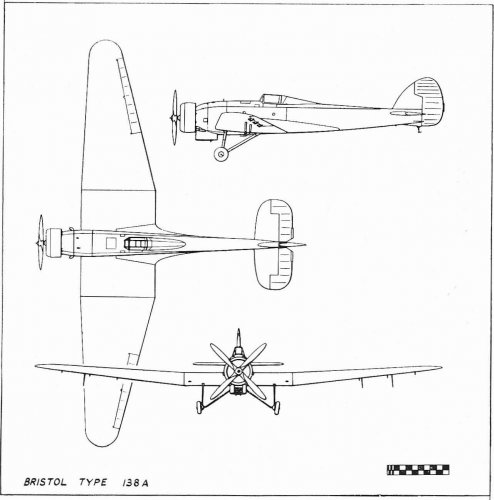 Bristo_138A-01.jpg98.3 KB · Views: 280
Bristo_138A-01.jpg98.3 KB · Views: 280 -
 Bristo_138A-07-640x878.jpg69.1 KB · Views: 278
Bristo_138A-07-640x878.jpg69.1 KB · Views: 278 -
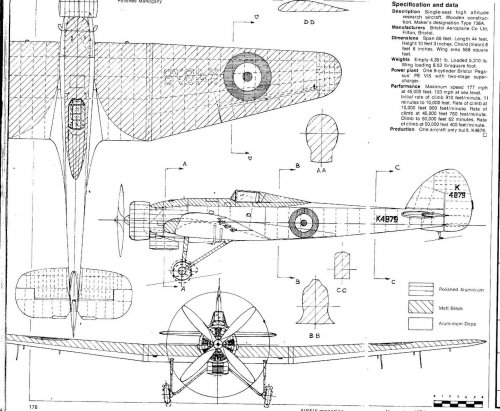 scan0072.jpg302.8 KB · Views: 278
scan0072.jpg302.8 KB · Views: 278 -
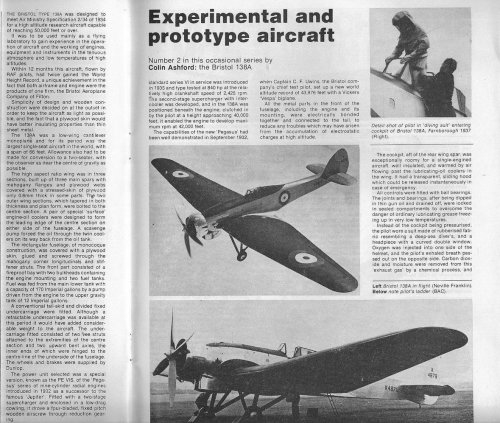 scan0067.jpg286.9 KB · Views: 247
scan0067.jpg286.9 KB · Views: 247 -
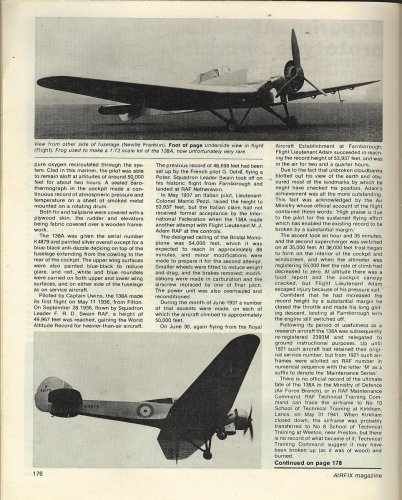 scan0071.jpg285.9 KB · Views: 216
scan0071.jpg285.9 KB · Views: 216 -
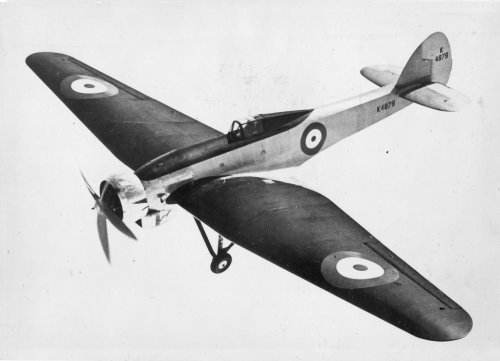 Bristol type 138.jpg135.2 KB · Views: 77
Bristol type 138.jpg135.2 KB · Views: 77 -
 FA_13573s.jpg96 KB · Views: 92
FA_13573s.jpg96 KB · Views: 92 -
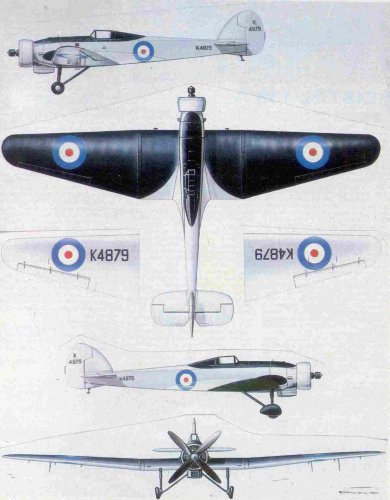 6771fea6fd56.jpg59.1 KB · Views: 115
6771fea6fd56.jpg59.1 KB · Views: 115 -
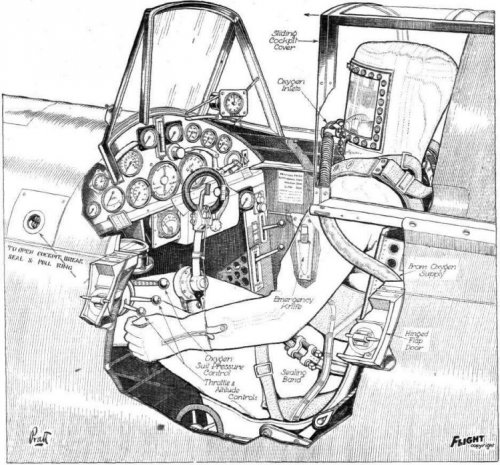 2651-1.jpg163.6 KB · Views: 113
2651-1.jpg163.6 KB · Views: 113
